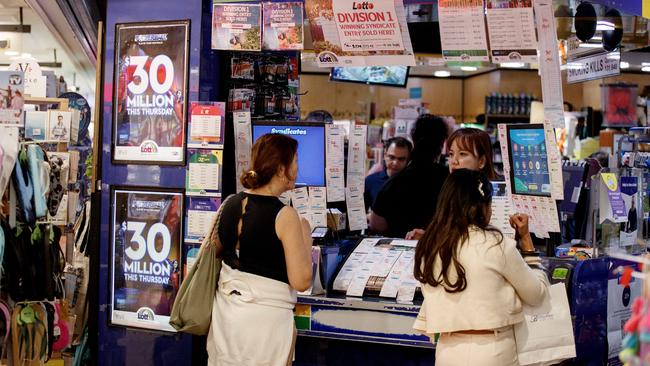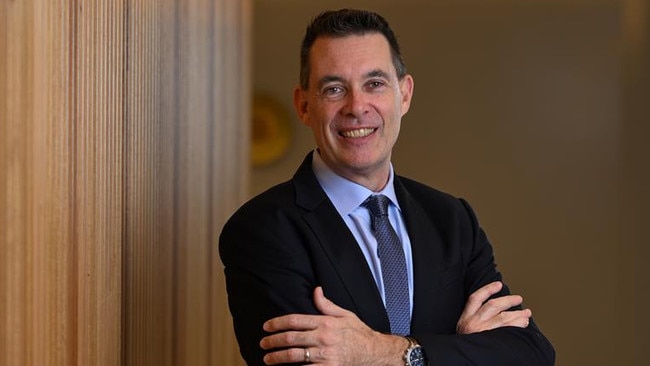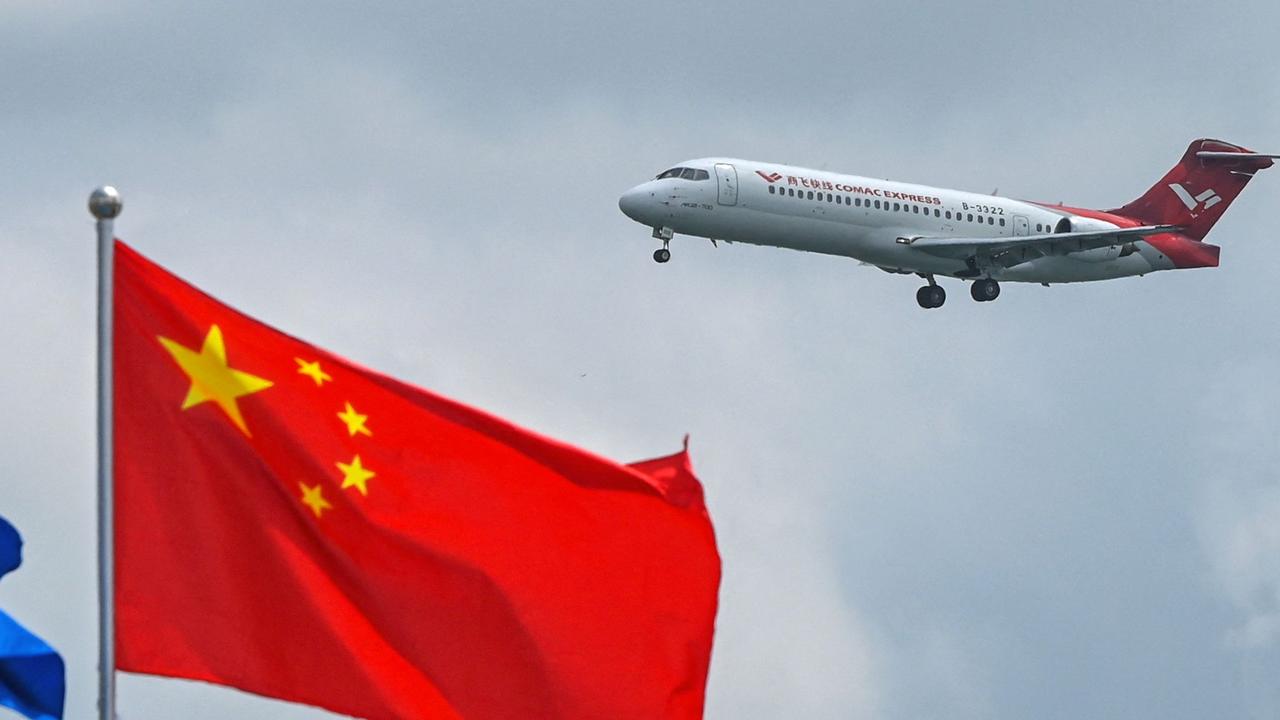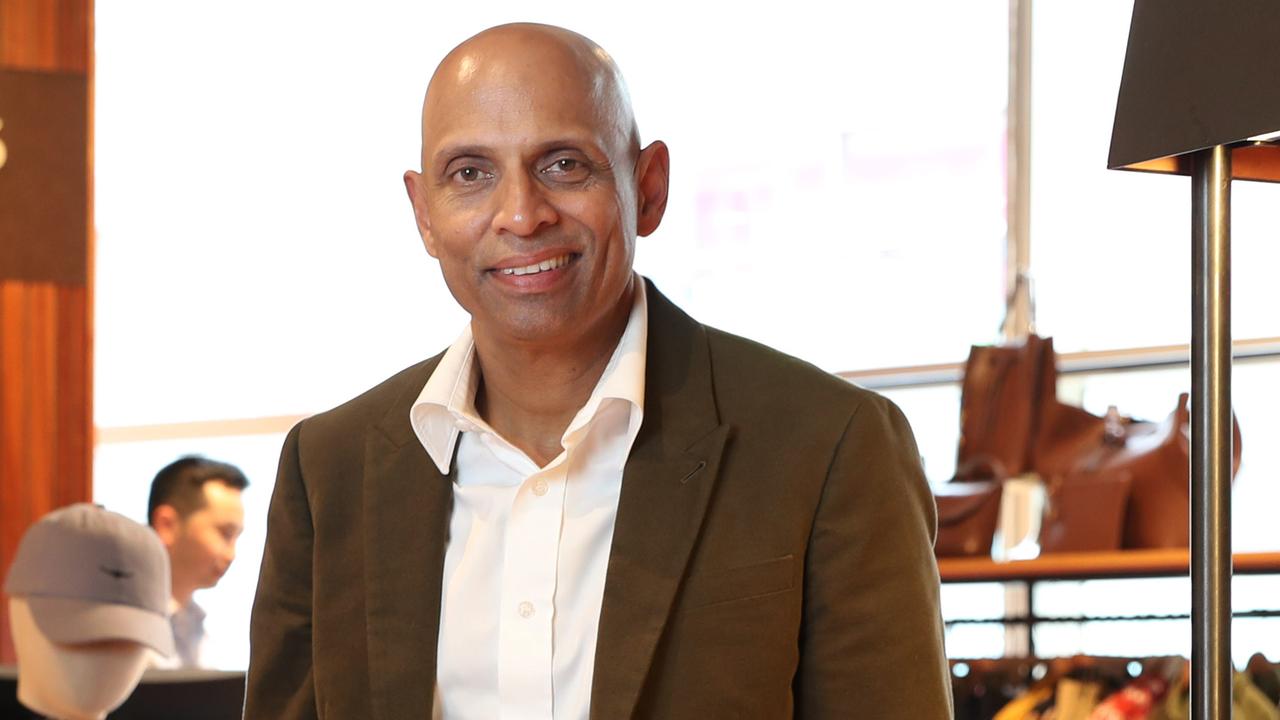Powerball and Keno operator The Lottery Corporation rolls out $70m upgrade
The Lottery Corporation has unveiled a $70m software upgrade that harnesses machine learning to create a ‘more personalised’ experience.

Business
Don't miss out on the headlines from Business. Followed categories will be added to My News.
Powerball and Keno operator The Lottery Corporation has unveiled a $70m upgrade of its software and terminals, saying it will harness machine learning to create a “more personalised” experience for its 10 million customers across Australia.
TLC, which was spun out of gaming giant Tabcorp three years ago to become its own $11.93bn company, developed its own software in house for the project, eschewing top tech vendors.
The upgrade included replacing about 5300 outdated lottery terminals across 3700 retailers, as well as Keno terminals over the next two to three years.
The new software can identify customer behaviours and prompt retailers to offer deals on different games, TLC chief channel officer Antony Moore said.
“I’ll use me as an example. I’ve got my registered Saturday games, and they [the retailer] will know when it will get to a certain level of jackpot activity – let’s call it $30m – that I might be interested in Powerball because the machine learning will see that through my membership activity,” Mr Moore said.
“So when I’m in store buying my Saturday registered tickets, they’ll say ‘hey Antony, it’s $30m on Thursday night, can I interest you in a 24-game QuickPick?’ I’ll go, ‘I hadn’t thought about that’. It’s personalised to me, rather than just going ‘well today’s Tuesday do you want an Oz ticket?’ ”

Nasdaq-listed Scientific Games has provided the hardware for the new terminals, which Mr Moore said would integrate with TLC’s machine-learning driven personalised marketing systems. The terminals will feature a customer-facing screen with a scanner and a “new and improved” ticket checker to validate entries and prizes.
TLC chief information officer Loren Somerville said the personalisation was information that was available to the retailer to help the customer experience – similar to what small town outlets were able to offer in the past.

“Having registered customers allows us to personalise, but only as much as the customer wants it to be personalised, and then of course help protect the customer with our responsible gaming and early intervention that we have been working on,” Ms Somerville said.
While in-house software has its risks – such as the ability to perform ongoing maintenance and security patches – Ms Somerville said no software company could deliver the product it wanted.
“With our core platforms and our terminal software many years ago, [for] so many years we’ve been building these solutions because they were the best solution in the market,” Ms Somerville said.
“When we were looking at changing, we looked at if there were better systems now that have caught up to what we are delivering before. Could we just buy it as is and then just integrate it? There were all those things around cost and the risks of maintenance and the ongoing investment that you need to make.
“Generally, some corporates have hit up against this when they build new software platforms. I mean, you wouldn’t see a bank trying to build their own core platforms. Even just integrating it can be quite challenging for them. But we have been doing this for many years. We have got a really strong tech capability in-house.”
The upgrade also allows TLC to perform software updates remotely. Previously, occasional firmware updates would need to be performed onsite – a cumbersome process given TLS’s network of 3700 retailers.
“Rather than just going in and dumping in desktop software, the old-fashioned way, we’re deploying as you would with websites,” Ms Somerville said.
“And that means we can do that more frequently, and we can do that based on any sort of data that’s coming in.”
Originally published as Powerball and Keno operator The Lottery Corporation rolls out $70m upgrade



